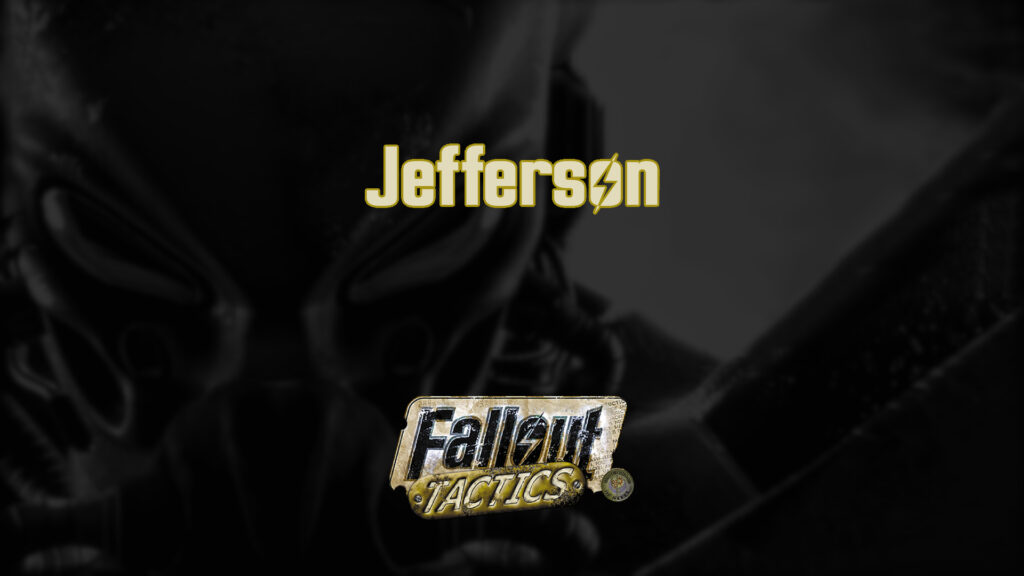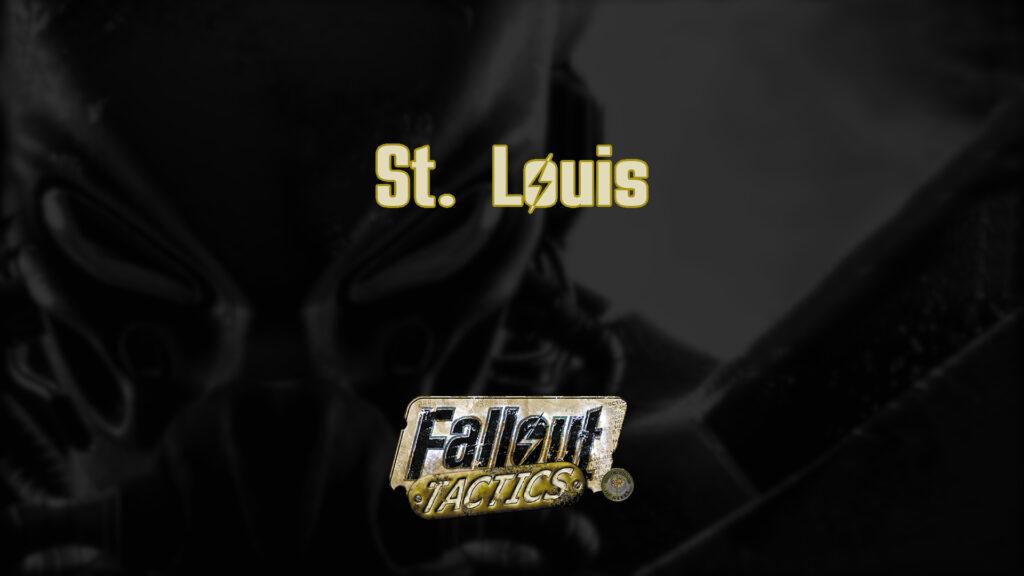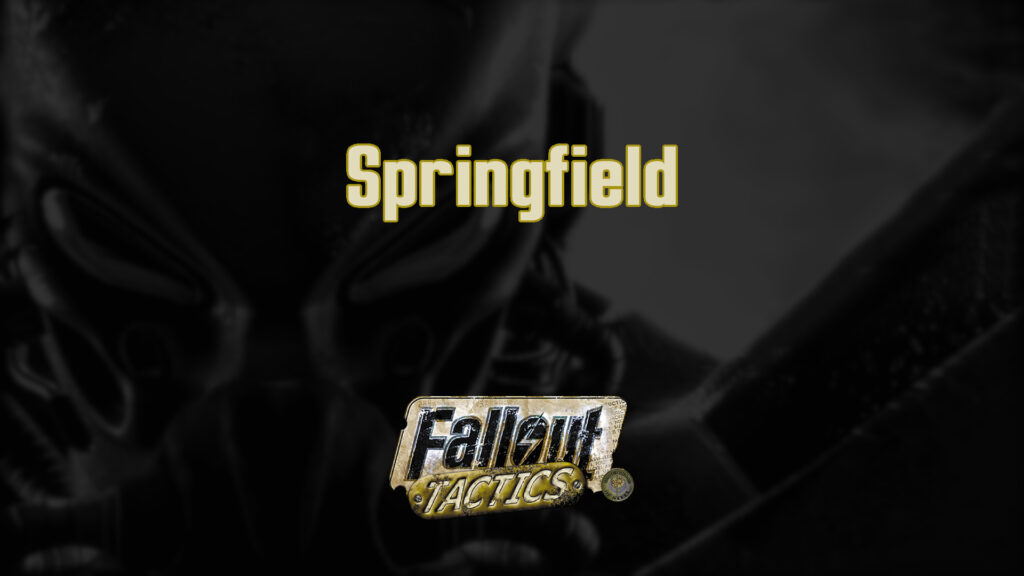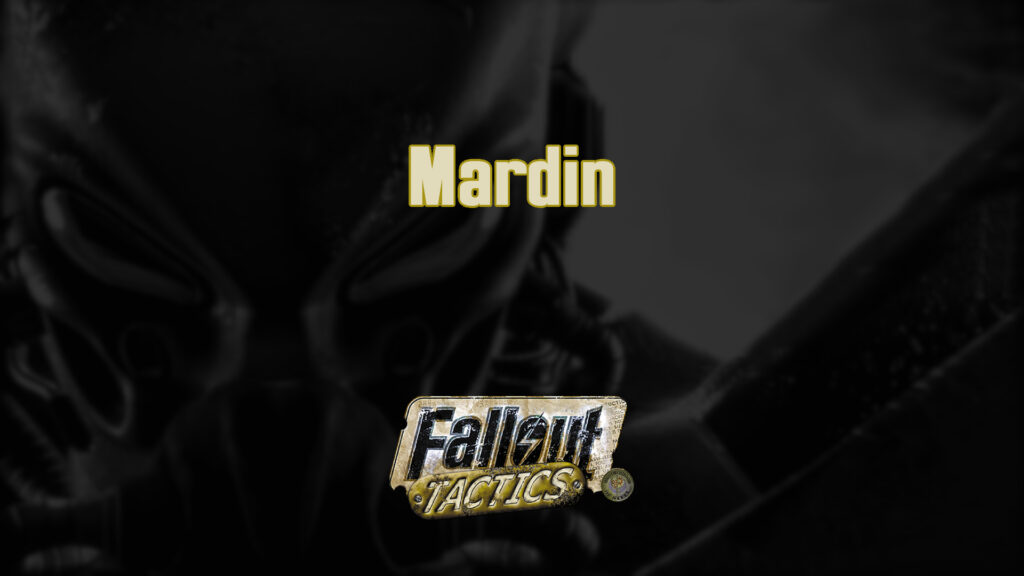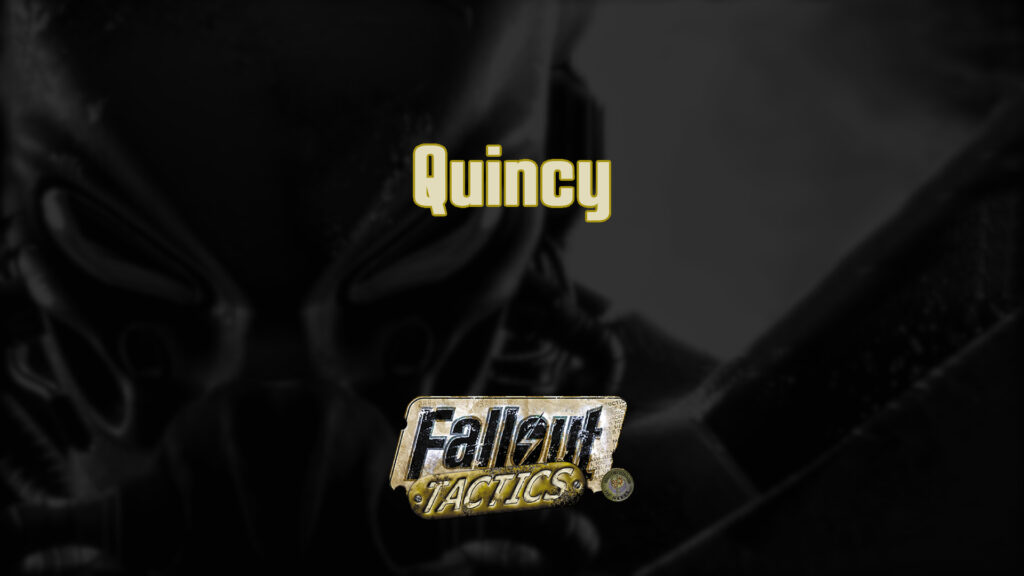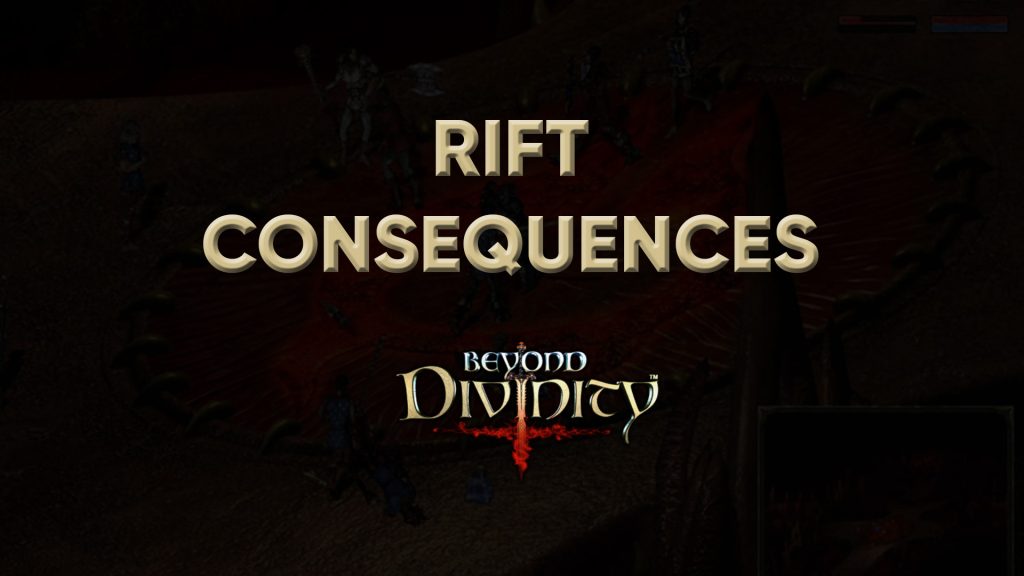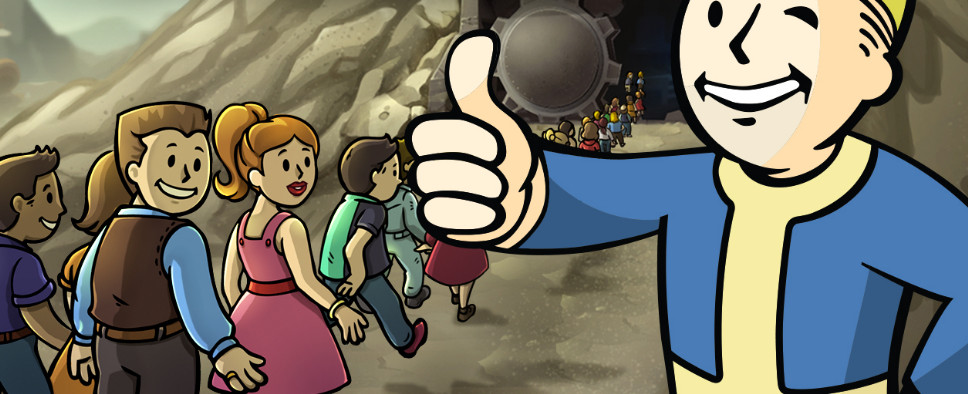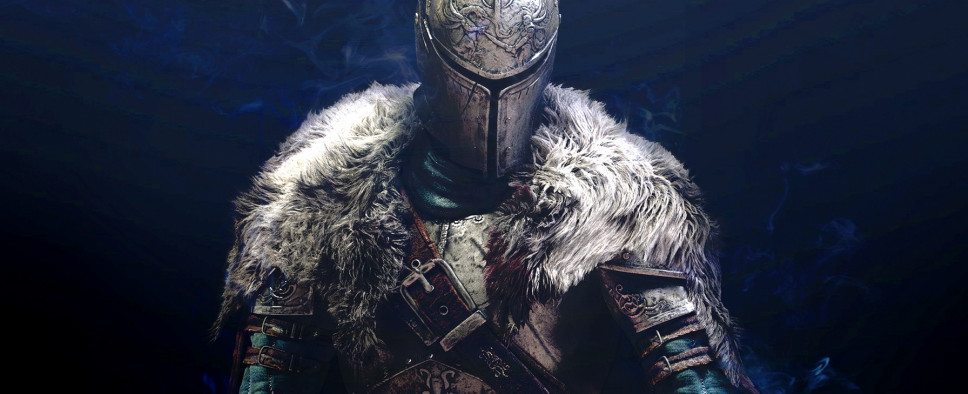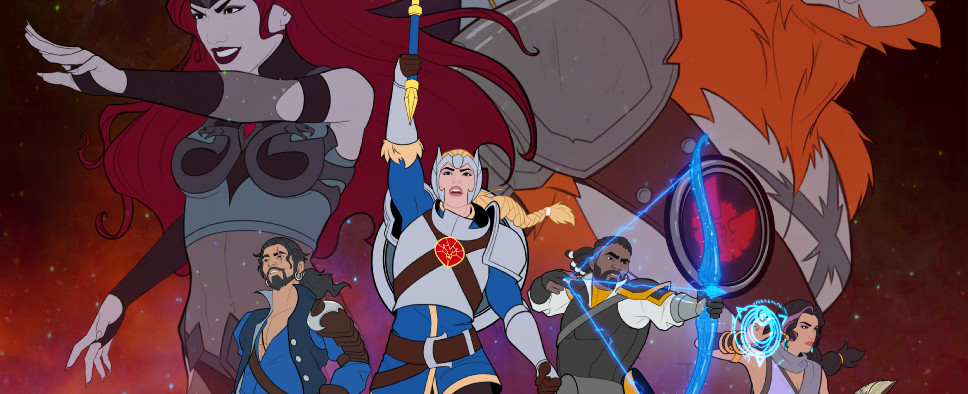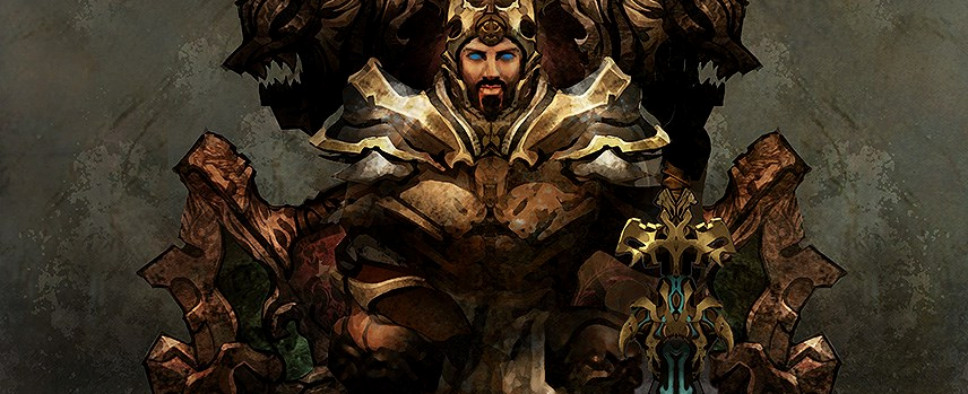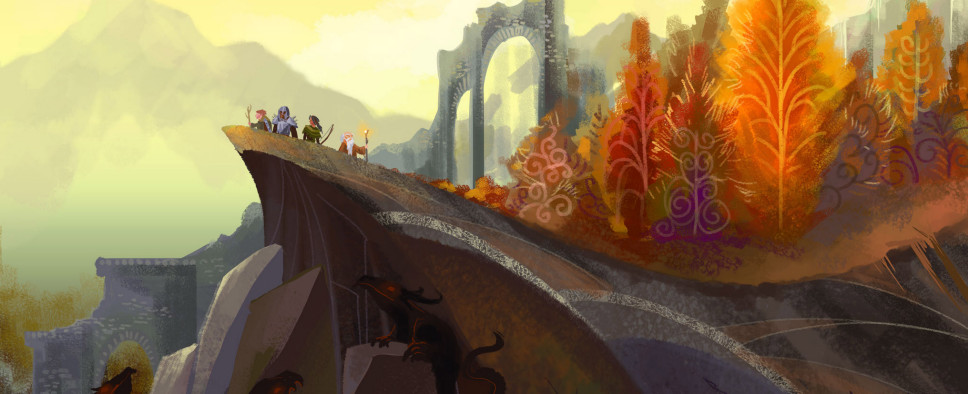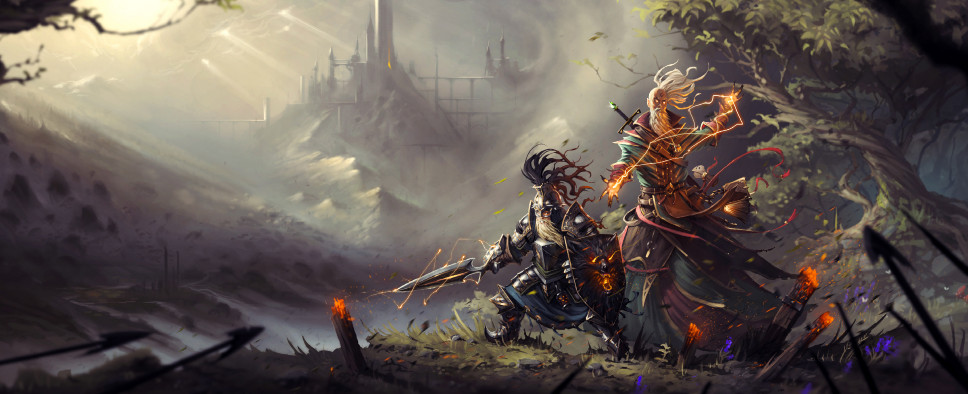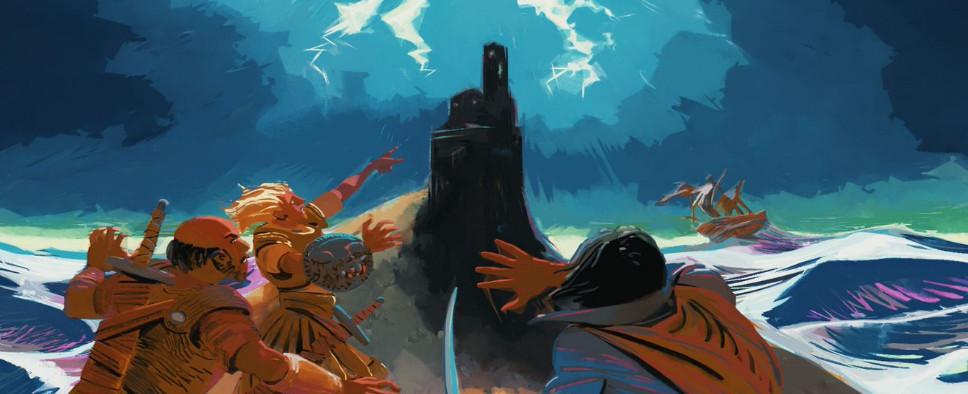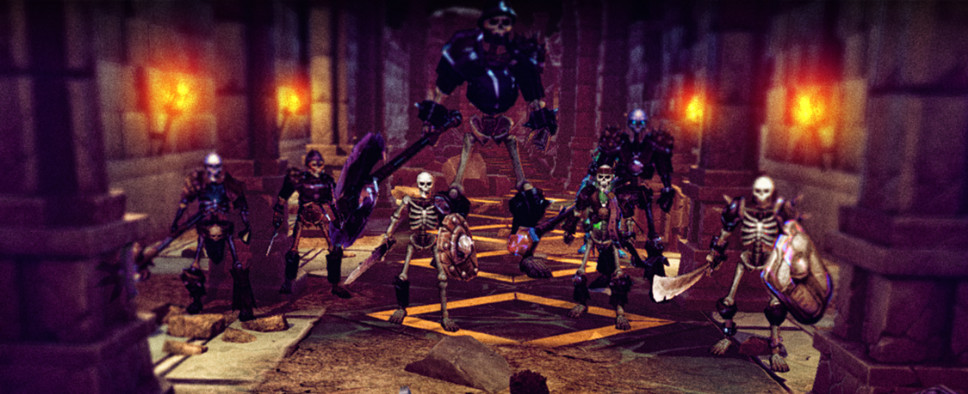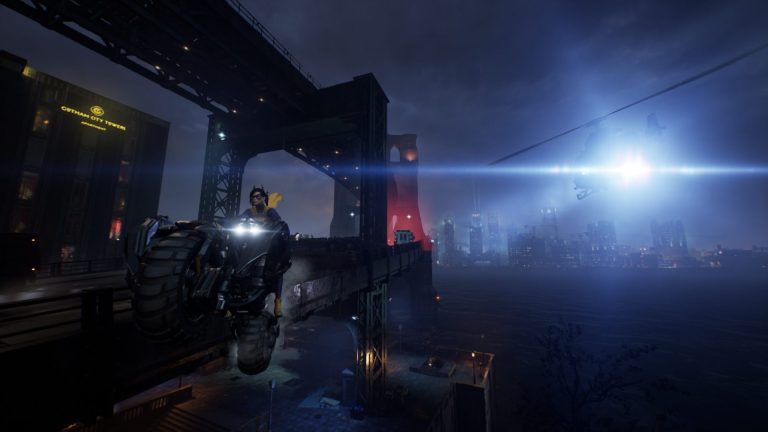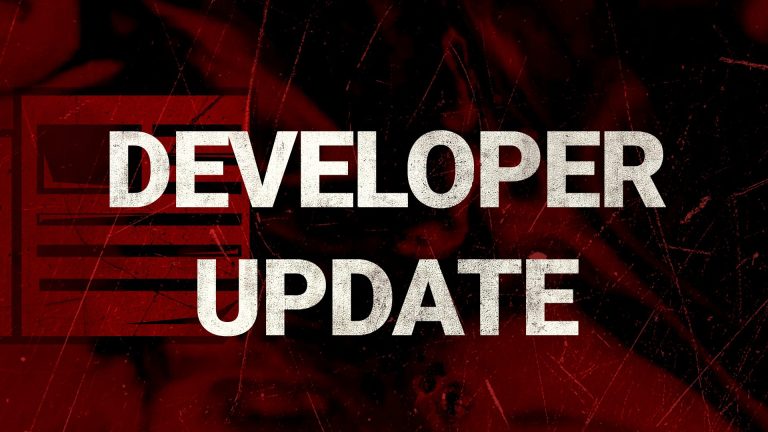Introduction
When Worldwalker Games' party-based RPG Wildermyth launched into early access back in 2019, it intrigued me. A unique art style, tactical turn-based battles, tabletop inspirations and the promise of truly procedural storytelling - it all seemed almost too good to be true.
But with the game getting almost universal praise initially, and following its full release in 2021, my curiosity got the better of me. How can a game with a randomized story be coherent, let alone good? I had to see it for myself. And now you can find my thoughts on it below.
Roguelike? How about Bardlike instead?
Wildermyth offers a total of six standalone story-driven campaigns (you'll have to unlock some of them by playing the previous ones) and some fully-procedural options without a big overarching story, just a series of randomized quests spread across three to five chapters.
All these campaigns are presented as fairy tales from a faraway land. Stories of unlikely heroes fighting monsters, protecting their homes, and passing down their legacies.
You start by rolling a party of three characters - a Warrior, a Hunter, and a Mystic. Later on, you can recruit additional heroes. Your combat party fits in up to five characters, but your overall group can have more members, allowing you to have multiple parties roaming the world and performing various tasks.
When creating your party, apart from customizing how your characters look, you'll also be able to pick a number of "hooks" along the lines of proud, greedy, or lucky. These will determine how your characters react to various happenings, the personal quests they get, and certain options during encounters.
And this is where the game's procedurally-generated nature gets to shine. While the big story moments are predetermined, each time you do something in the game, like visit a town, explore some ruin or attack an enemy stronghold, you get an event presented as a comic strip.
The event you get is drawn from a very large pool to the point where you'll probably complete several of the game's campaigns before you start seeing repeats. The only unifying quality of these events is their general air of whimsy. But other than that, everything goes there. Dealing with marauding bandits, following a mossy giant through the woods, falling through the ground to discover an ancient shrine, or getting fused with a bear spirit. You never know what the game has in store for you next.
And then, your characters and their associated hooks will adjust the specifics of how those events unfold. For example, during one of the repeat events I got, I found an idol with a huge gem embedded into it. The first time around, I had a choice to leave it alone or steal the gem. But then in another campaign, I also got an option to psychically communicate with the idol.
The game also has a relationship system where your characters can become friends, rivals, or romantic partners. And not only does this provide combat bonuses, like when a character deals bonus damage to an enemy that damaged their lover, but these relationships are also reflected in the comics.
It's impressive how many variables each event takes into consideration to then craft a story for you on the fly about maybe a family of adventurers that travel and fight together. As the campaign progresses, and chapters have decade-long breaks between them, you watch your characters grow older as their kids join the group and go from fresh recruits to hardened veterans themselves. And then, some of your characters die, others retire, and their kids and friends get to carry the torch.
I'm honestly amazed by how well this all works and how all the standalone events come together to create a solid narrative.
It helps that the actual comics are very conscious of word economy and don't overload you with pointless exposition. All the exchanges you get are punchy and to the point. And sure, some of the events fit your current campaign better than others, and on occasion, some wires get crossed and an event makes close to no sense in or out of context. But that doesn't happen too often.
The game's papercraft art style also does a lot of heavy lifting. All the backgrounds in Wildermyth look like paintings, and all the objects, which includes your characters, look like they're made out of paper - low-budget but well-crafted miniatures in a board game. This approach allows the developers to keep their backgrounds pretty and their characters modular. And they seem to have mastered the art of making their rather simplistic models portray emotions. A crooked smile here or a raised eyebrow there is all that's needed to elevate some simple joke from a forgettable comic strip to a chuckle-worthy moment.
And after an event is finished and your choices get preserved to be brought up at some later date, you're oftentimes treated to a combat encounter.
Systems and Combat
Your enemies come in several distinct factions, ranging from mutated forest animals to robot-skeleton hybrids. Each campaign generally has a primary enemy group for you to fight, with all the others appearing from time to time to provide some variety.
Each faction comes with its own theme, like the aforementioned skeleton robots getting bonuses when they stand close to each other, and can boast a decent number of distinct units.
A fairly unique feature of Wildermyth is that initially, you'll only be facing a couple of relatively weak enemies. But after each battle with a particular faction, that faction will get an upgrade - a new unit type, more units per encounter, or some buff to their existing roster. This keeps things fresh and exciting throughout the campaign without, in my experience, ever getting overwhelming.
Going back to your side of the battlefield, Warriors are good at dealing melee damage, manipulating the battlefield by throwing their foes around, taunting and intercepting attacks. Hunters are your standard Rogue/Ranger hybrid specializing in dealing ranged damage and being a stealthy backstabbing git.
And Mystics are where things get really interesting. Instead of just getting spells to cast, they get the ability to "interfuse" with various objects you can find in the world. Interfuse with a rock, and you'll get the ability to launch it at your enemies. Possess a loom, and you'll be able to entangle your target with magic-infused fabrics. Get in touch with a nearby lamp, and you'll be able to "steal" its fire to chuck it at your foes.
There are a great many objects you can interfuse with, each with its own unique options, and as your Mystics level up, they'll be able to specialize in certain types of interfusions, making them more potent and expanding their functionality. Furthermore, the act of interfusing with an object has a decent range, and once you perform it, the interfused object will provide you with vision, turning this action into a useful scouting tool as well.
Basically, if you have a tactical mind for it, Wildermyth's Mystics provide you with a very wide array of tools and turn what would otherwise be a fairly standard D&D-inspired turn-based combat system, into somewhat of a puzzle, similar to something like Subset Games' Into the Breach.
That, of course, doesn't mean that you have to play the game like this. Instead, you can choose to focus on your Warriors and Hunters and just fight your enemies straight up.
In that case, you'll be mastering a turn-based system where each character has two main actions per turn that you use to move and attack, a single swift action for something like laying a trap or going into a special stance, and unlimited free actions for swapping between weapons and the like. During your turn, you can move your characters in any order you like, so there's no initiative, and, as a fairly annoying design choice, once you move your character a single square, it counts as an action, meaning your movement points aren't granular.
Upon leveling up, your characters will get to pick a new ability. Reinforcing the game's procedurally-generated nature, the choices you get are random. But you can reroll them by using Legacy Points that you get for completing encounters and undertaking optional tasks.
Thanks to this approach it's quite difficult to power-game and build an optimized party, but at the very least, all the options you get tend to be useful in some way (new interfusions, multiple attacks per turn, the overwatch maneuver). And the random element just makes things more memorable in the long run. It makes your characters feel imperfect but unique.
After you're done with an encounter, you also get some loot, and here, I feel, the developers may have dropped the ball. Sure, you have a decent number of weapon types with their own special uses, like axes being able to "shred" enemy armor, maces knocking your enemies back, and spears having increased attack range, but the actual weapons follow a linear tier progression and even the unique and elemental weapons you can find don't really offer that much in terms of variety. A minor bonus here, an extra effect on crit there, and that's about it. And armor gets even less love since it only has two tiers compared to the three tiers of weapons, and doesn't seem to have any unique variants.
When it comes to objectives, usually you're tasked with eliminating all enemies on the map. But from time to time, you'll get asked to reach a certain tile or defeat a boss. You'll also get bonus objectives on certain maps, and depending on your choices leading up to the fight, you'll get different starting bonuses or penalties.
The game has four difficulty levels and the option to decouple combat difficulty from the overall campaign difficulty, in effect allowing you to have challenging fights while, putting it into Pathfinder: Kingmaker terms, automating kingdom management.
Overall, if you know your turn-based games, the highest difficulty level offers a decent degree of challenge with some opportunities to mess up. However, due to the game's campaign structure where your characters can easily die and your recruiting opportunities are usually limited to a single rookie character per chapter, cranking things all the way up might not be the best idea if you're looking to have an organic experience without too much reloading (there's also an Iron Man mode if you can't trust yourself with a load button).
With that in mind, the second to last difficulty may be on the easier side, but it's still not a complete cakewalk and will allow you to have some tense moments without outright putting you into a long-term death spiral.
Now, connecting all of this is an overworld layer. And the best way I have to describe it is a very, and I mean very, pared-down version of Jagged Alliance.
Basically, you have a big world map separated into a number of regions. Initially, the "forces of good" control only a few of them, and it's up to you to scout the remaining areas, clear them out, establish defenses and production facilities, and finally, fulfill some big goal. This ends the chapter and advances the game's clock for about ten years.
While you're doing that, you'll be dealing with a couple of timers - one for calamities and another for invasions. The former from time to time make your enemies stronger, though you can spend some Legacy Points to counteract these effects, while the latter send a wave of enemies to rampage through your territories.
At the end of the day, this whole layer feels like a bit of an afterthought and doesn't really do anything to improve the overall experience. All the threats it brings to the table are negligible, and all the benefits you get from upgrading your areas boil down to some resources you can spend on crafting new pieces of gear. And as we've established, the game's itemization isn't deep enough to justify all the busy work.
So my advice there is to keep the overworld difficulty fairly low, not bother about it much, and just focus on the story events and the turn-based battles. You know, the good stuff.
Finally, once you manage to complete a campaign, you'll get a chance to promote some of your characters to legendary heroes and add them to your Legacy pool. This will let you preserve their gear and some of their skills, and later recruit an alternate-world version of those heroes for your subsequent campaigns.
Technical Information
The game works and runs well, and I've not encountered anything resembling a bug during my time with it. With how text-driven the whole thing is, there were some typos here and there, but they were few and far between.
The "papercraft" visuals are unique and fit the game well, while its soundtrack at times reminded me of Arcanum, which as far as I'm concerned, is a great thing.
The options menu is a bit weird in that the first thing you check, resolution options, is very limited, but then apart from that, you have a lot of possible customization, including resizing the UI and adjusting animation speed for your characters, enemies, and even purely for ability animations.
The game also has built-in mod support and a multiplayer mode where you can assign certain characters to different players and play the game that way.
There's also no voice acting of any sort, which I found refreshing in this age where even indie developers often feel compelled to fully voice their projects, thus limiting their creativity when it comes to elaborate conversations and branching dialogues.
And if there's one thing to complain about, it's the fact that the game's combat log is very vague, and as a result, it can be hard to know exactly how or why you're hitting or missing. You just get shown the chance for an attack to land, and then the log marks the damage it dealt if it hits without detailing why it did or didn't.
Conclusion
After spending quite a bit of time with Wildermyth, I can safely say that as an experiment in the realm of procedural storytelling, the game is a resounding success. When picking it up, I didn't expect much but ended up being pleasantly surprised.
You add an enjoyable combat system with very unique spellcasting on top of that, and you've got yourself a game. With how well that stuff works, the stuff that doesn't, namely itemization and overworld exploration, fails to sour the overall experience.
If you'd like to play a unique RPG in this age where it feels like everything that could be done has already been done, you can't go wrong with Wildermyth.
